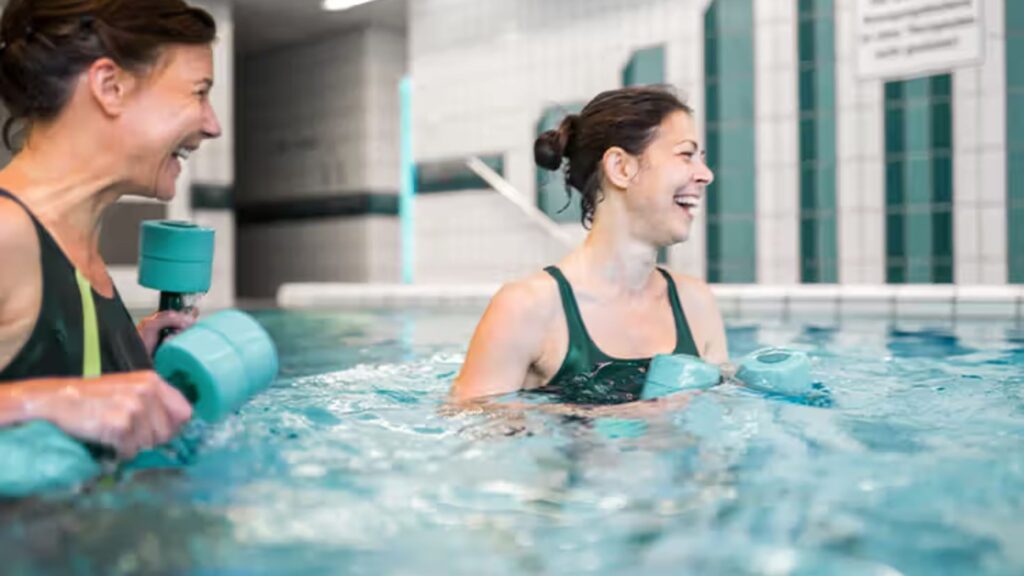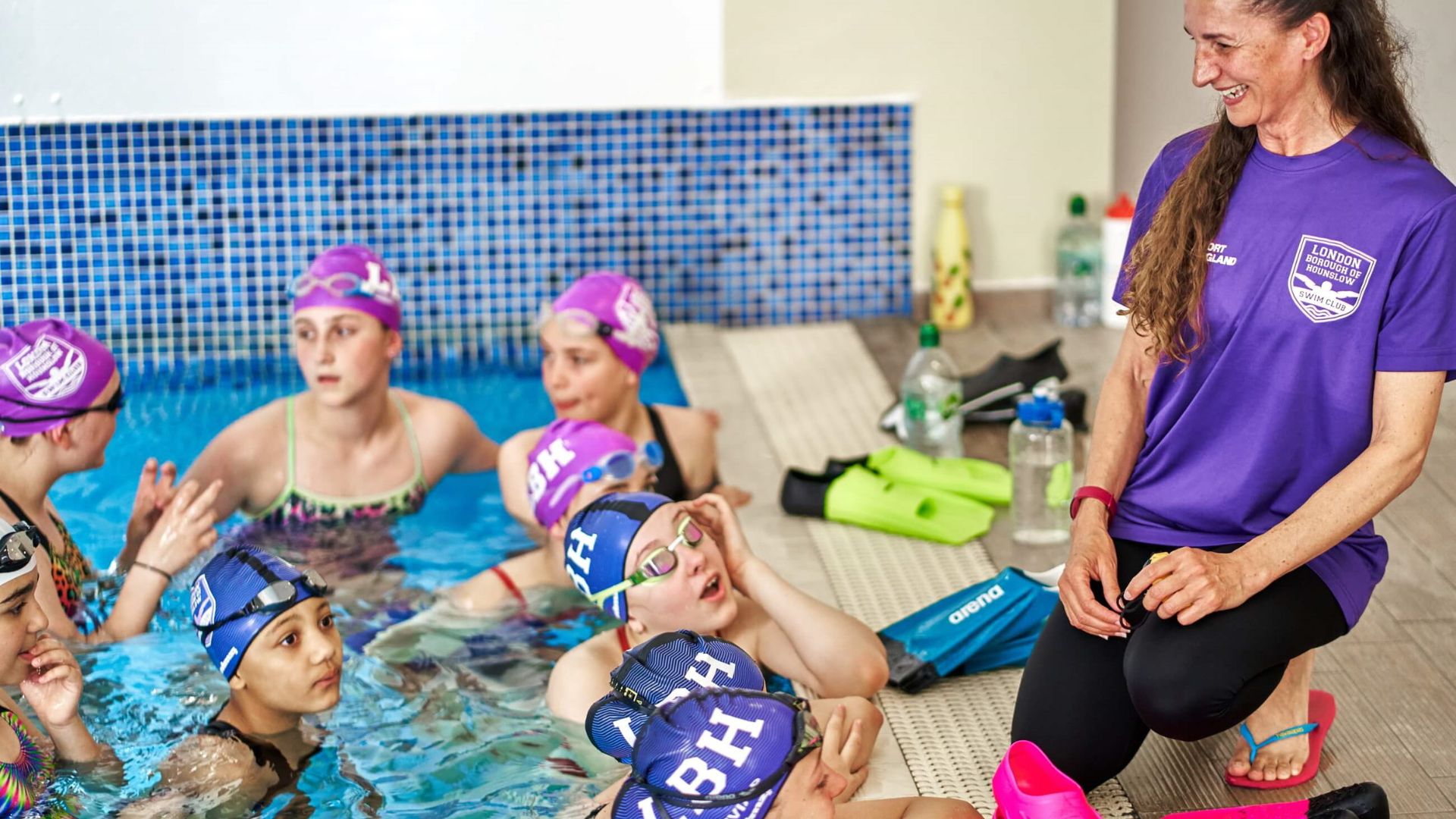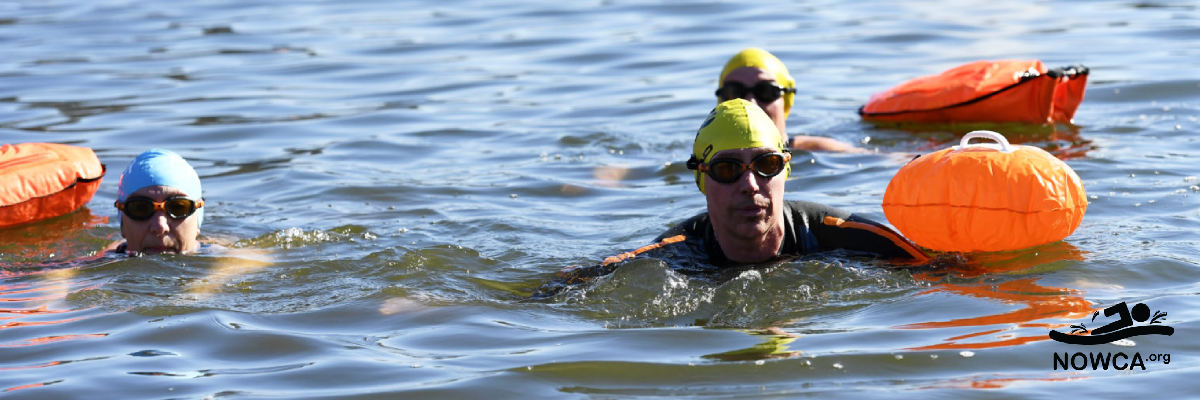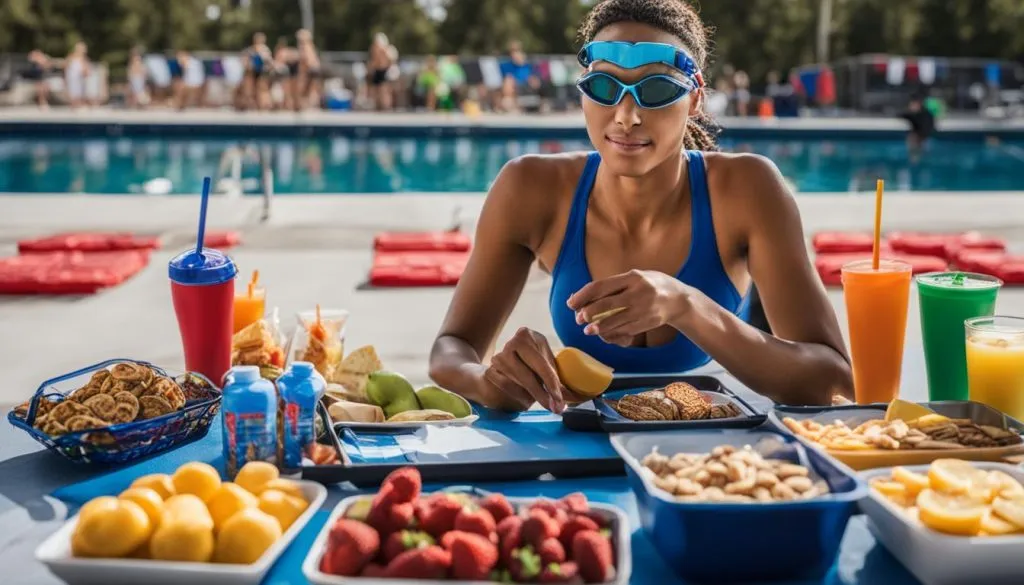Designing a personalized swimming club training plan can greatly enhance your performance in the pool while catering to your individual goals and needs. Whether you’re aiming to improve technique, increase endurance, or prepare for competitions, a customized training approach ensures efficiency and effectiveness. Here are essential steps and considerations to help you design your personalized swimming club training:

Assess Your Current Level and Goals
Before crafting your training plan, assess your current swimming abilities, strengths, and areas for improvement. Reflect on your goals—whether it’s mastering a specific stroke, achieving faster lap times, or building endurance for long-distance swims. Understanding where you stand and where you want to go provides a foundation for designing a tailored training regimen.
Consult with a Coach or Trainer
Seek guidance from a qualified coach or trainer who specializes in swimming. A coach can assess your technique, analyze your performance, and provide valuable insights into areas that need attention. They can also help set realistic goals and develop a structured training plan that aligns with your aspirations and timeline.
Define Training Components
Your personalized training plan should incorporate various components to address different aspects of swimming:
- Technique Development: Focus on refining your strokes, starts, turns, and finishes. Include drills and exercises that target specific areas of improvement identified by your coach.
- Endurance Building: Design workouts that gradually increase distance and duration to build cardiovascular fitness and stamina. Incorporate interval training, long swims, and aerobic exercises to improve endurance levels.
- Speed and Power: Integrate sprint sets and resistance training to enhance speed and power in the water. Work on explosive starts, quick turns, and strong finishes to optimize race performance.
- Flexibility and Mobility: Include stretching, yoga, or mobility exercises to maintain flexibility and prevent injuries. Flexibility improves stroke efficiency and range of motion, contributing to overall swimming performance.
Structure Your Training Schedule
Organize your training sessions into a structured schedule that balances intensity, recovery, and rest. Consider your weekly commitments, such as work or school, and allocate specific times for swimming workouts. Aim for consistency in training frequency, with dedicated days for technique-focused drills, endurance building, speed work, and recovery.
Monitor Progress and Adjustments
Regularly monitor your progress by tracking performance metrics such as lap times, stroke efficiency, and endurance levels. Keep a training journal or use fitness tracking apps to record workouts, goals achieved, and areas needing improvement. Review your progress with your coach periodically to make necessary adjustments to your training plan based on feedback and performance data.
Nutrition and Hydration
Fuel your training sessions with a balanced diet rich in carbohydrates, proteins, healthy fats, vitamins, and minerals. Hydrate adequately before, during, and after workouts to maintain optimal performance and aid in muscle recovery. Consult with a nutritionist or sports dietitian to develop a nutrition plan that supports your swimming goals and energy requirements.
Mental Preparation and Recovery
Incorporate mental preparation techniques such as visualization, relaxation exercises, and positive affirmations into your training routine. Mental focus and resilience are key to overcoming challenges and performing well during competitions. Prioritize rest and recovery with adequate sleep, massage therapy, and active recovery techniques to prevent burnout and promote muscle repair.
Adaptability and Consistency
Stay adaptable to changes in your training plan due to unforeseen circumstances, such as injuries or schedule adjustments. Consistency is essential in achieving long-term swimming goals, so maintain discipline and dedication to your personalized training regimen. Celebrate achievements along the way and stay motivated by recognizing progress and milestones reached.
Conclusion
Designing a personalized swimming club training plan requires careful consideration of your goals, current abilities, and resources. By collaborating with a coach, structuring your workouts effectively, monitoring progress, and prioritizing nutrition and recovery, you can optimize your training experience and maximize your potential in the pool. Stay committed to your goals, embrace the journey of improvement, and enjoy the rewards of personalized training tailored to your swimming aspirations.



